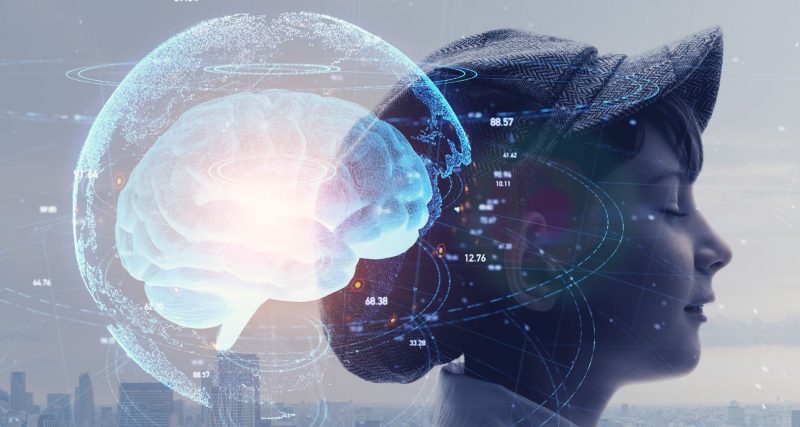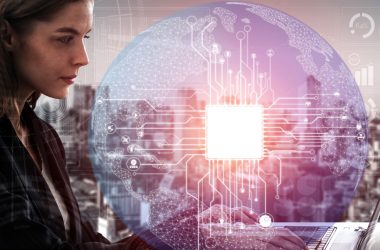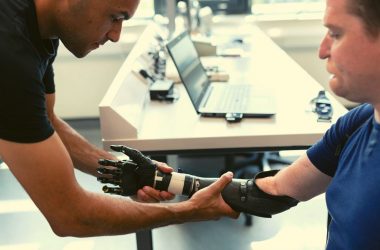Artificial Intelligence (AI) and Big Data are two distinct domains of technology that have unprecedentedly redefined our world. However, combined, they create an explosive synergy that promises to revolutionize industries and society. Today, we will explore the intricate relationship between these two technological phenomena and their collective influence on our future.
Understanding Big Data
Firstly, let’s clarify what we mean by Big Data. In a world inundated with digital content, Big Data refers to enormous datasets that are difficult to manage, process, and analyze using traditional data processing techniques.
Whether it’s social media posts, business transactions, or sensor outputs, every bit of digital data contributes to this vast ocean of information.
ADVERTISEMENT
Big Data is often characterized by three Vs: Volume, Variety, and Velocity. These attributes outline the enormous quantity of data (Volume), the diverse types of data (Variety), and the speed at which this data is generated and processed (Velocity). Some experts add two more Vs.: Veracity (data reliability) and Value.
Artificial Intelligence: Unleashing the Power of Big Data
The sheer scale and complexity of Big Data present both challenges and opportunities.
Traditional data analysis techniques cannot extract meaningful insights from such vast and varied data sets promptly. This is where Artificial Intelligence comes in.
ADVERTISEMENT
Artificial Intelligence refers to the capability of a machine to imitate intelligent human behavior. AI can sift through enormous amounts of data, detect patterns, make predictions, and learn from experiences. Machine learning, a subset of AI, allows machines to learn and improve from experience without being explicitly programmed.
In Big Data, AI provides the tools and techniques to derive insights from massive, diverse, and rapidly changing datasets. Machine learning algorithms can recognize complex patterns, predict trends, and make decisions based on Big Data. Thus, AI becomes the key that unlocks the full potential of Big Data.
The Relationship between AI and Big Data
The relationship between AI and Big Data is symbiotic. AI needs Big Data to learn, improve, and function effectively. On the other hand, Big Data needs AI to process, analyze, and extract valuable insights. Let’s look at each side of this relationship more closely.
ADVERTISEMENT
AI Thrives on Big Data
AI, particularly machine learning, relies on data. The more data it has, the better it can learn and the more accurate its predictions and decisions will be.
Therefore, the abundance of Big Data provides an ample training ground for AI models.
Through Deep Learning, a subset of machine learning, AI can learn to recognize complex patterns and make predictions. Deep Learning involves neural networks with several layers – the ‘deep’ in Deep Learning – that enable the model to learn from the data progressively. This is similar to how humans know from experience.
In this way, Big Data feeds AI, helping it become more effective and efficient.
Big Data Needs AI
While Big Data provides the fuel for AI, it is AI that makes Big Data manageable and valuable. Without AI, Big Data would be an incomprehensible and unmanageable mess of information.
Through machine learning and analytics, AI can organize, interpret, and draw meaningful conclusions from Big Data. It can sift through millions of data points to find patterns and trends that would be impossible for humans to detect.
Predictive analytics, a branch of AI, can use Big Data to predict future events and trends. For example, predictive analytics can analyze customer behavior to forecast future buying patterns.
The Collective Impact
The symbiosis of AI and Big Data is transforming industries and society. From healthcare and finance to transportation and entertainment, this powerful duo is paving the way for predictive analytics, personalized services, efficient operations, and more.
For instance, AI algorithms fed with Big Data can predict disease outbreaks, develop personalized treatment plans, and enhance patient care in healthcare. In finance, it can detect fraudulent transactions in real-time and predict market trends.
The fusion of AI and Big Data also drives advancements in autonomous vehicles, with AI algorithms learning from large datasets of traffic, weather, and road conditions to navigate safely and efficiently.
Conclusion
The relationship between Artificial Intelligence and Big Data is a remarkable synergy where each enhances the other’s capabilities. AI brings the power to decode and leverage Big Data. In return, Big Data provides AI’s vast resources to learn, improve, and deliver precise outcomes.
As we continue to generate data at an unprecedented pace, the partnership between AI and Big Data will only deepen, paving the way for innovations we can hardly imagine today. This marriage of technologies has the potential to reshape our world, heralding a future where data-driven decisions are the norm and predictive analytics guide our way forward.








